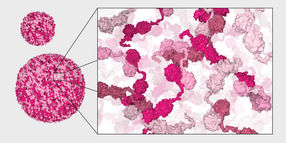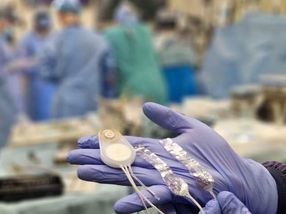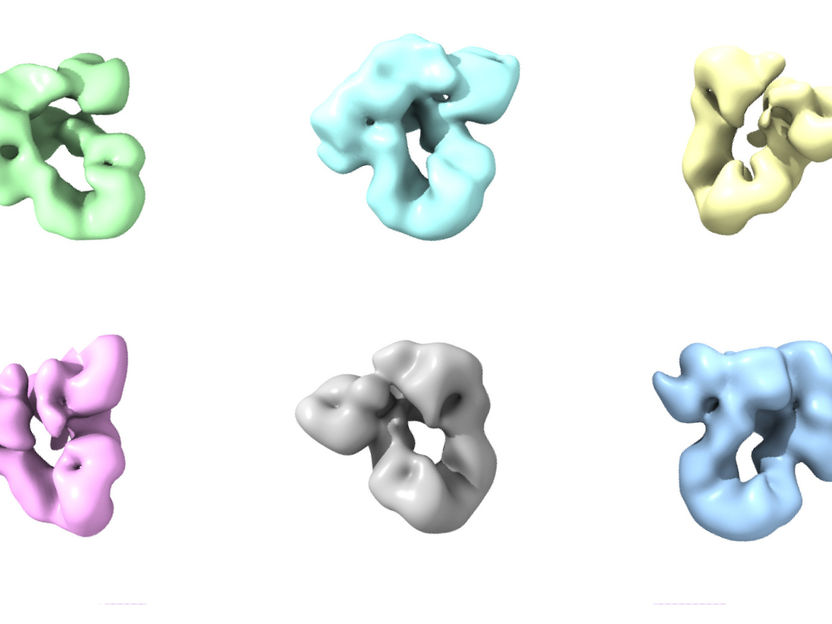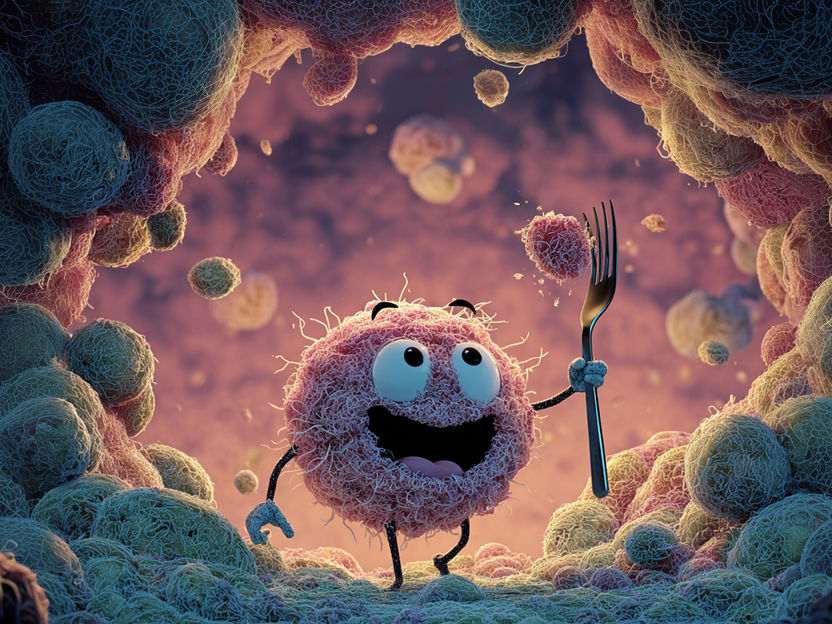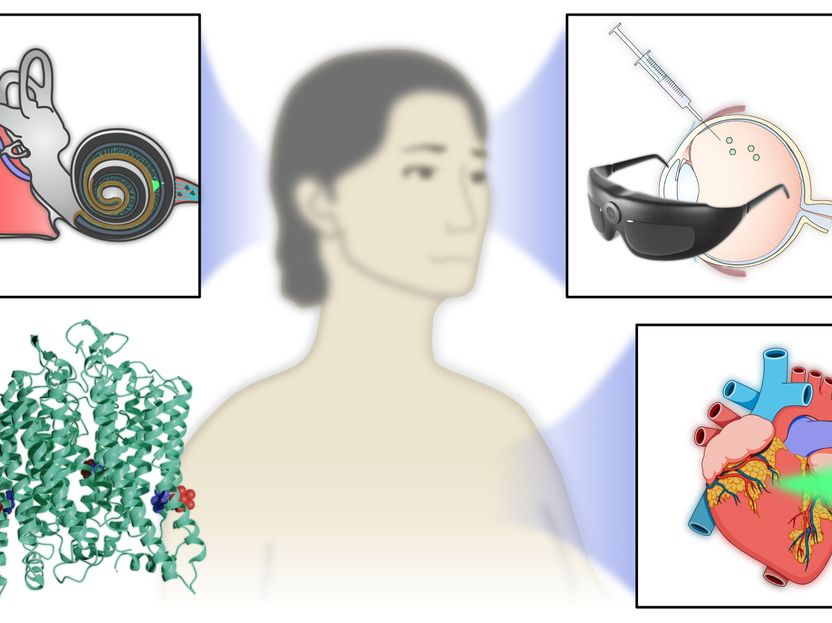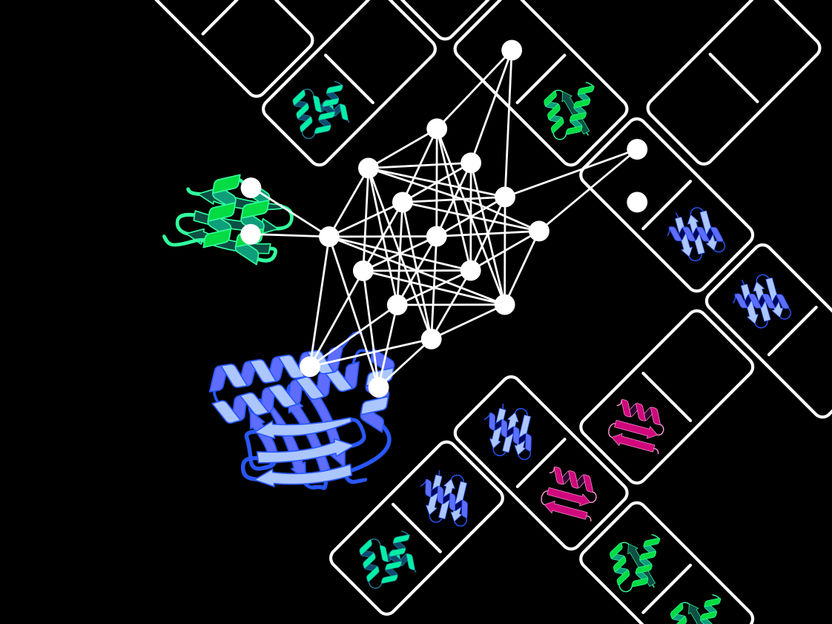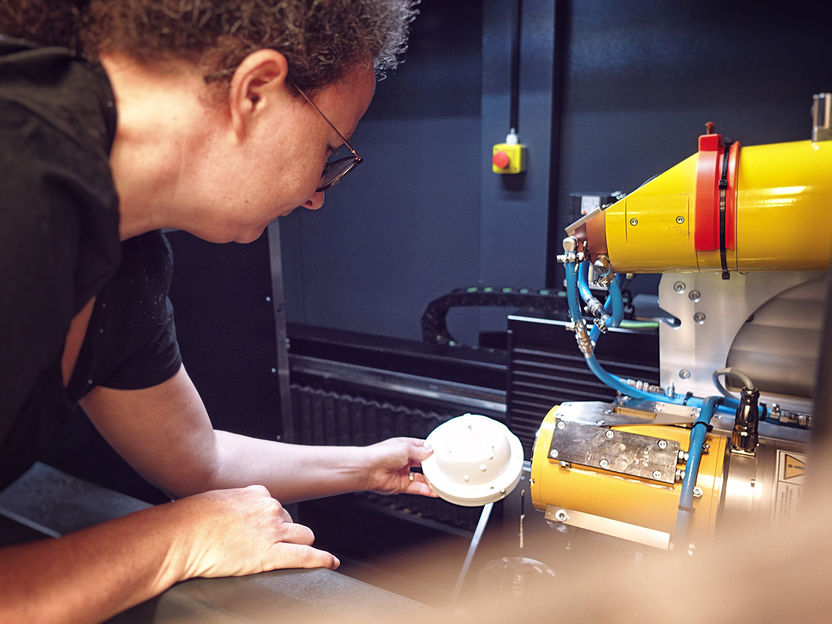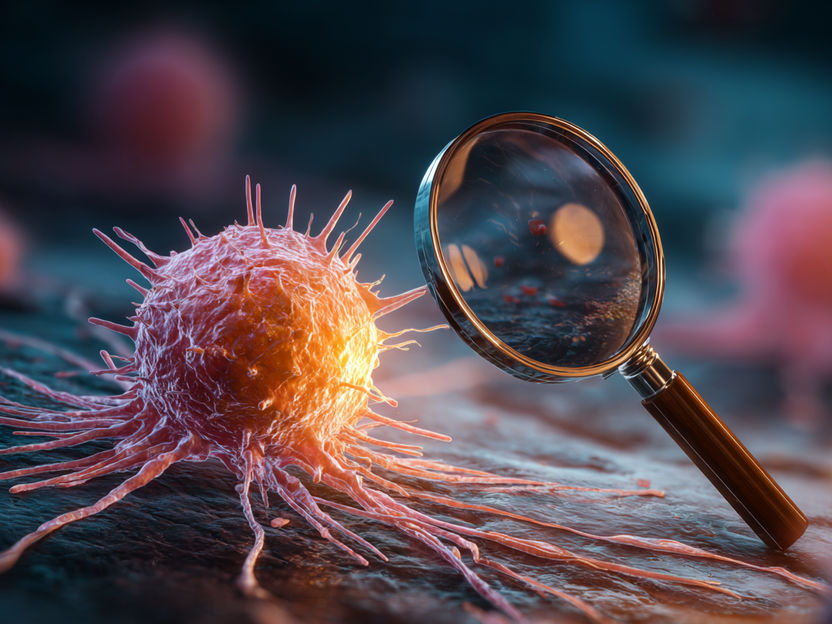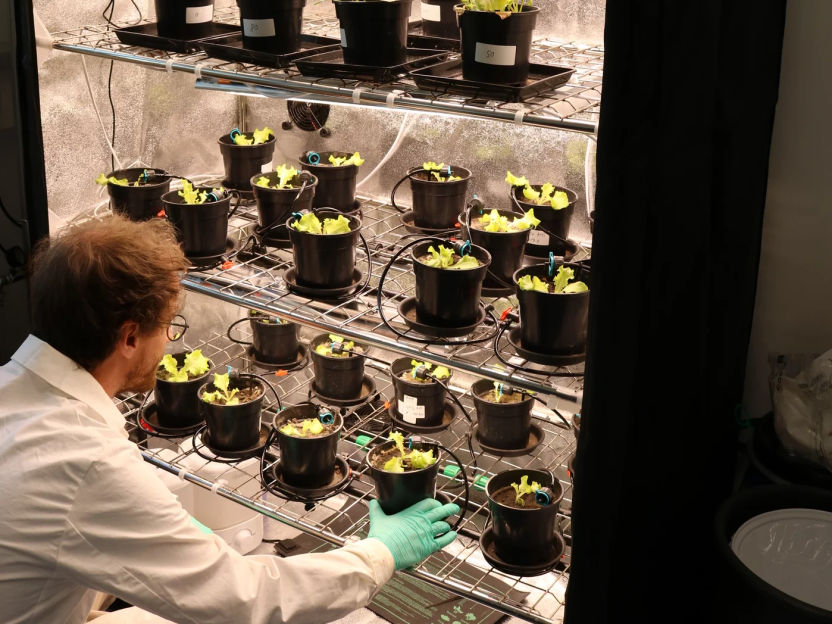Advancing Protein Simulation with Machine Learning
A new study opens up, among other things, possibilities for applications to drug discovery in medicine
Advertisement
An international team led by Einstein Professor Cecilia Clementi in the Department of Physics at Freie Universität Berlin introduces a breakthrough in protein simulation. The study, published in the July 18, 2025, issue of Nature Chemistry, presents CGSchNet, a machine-learned coarse-grained (CG) model that can accurately and efficiently simulate proteins like never before. Operating significantly faster than traditional all-atom molecular dynamics, CGSchNet enables larger proteins and complex systems to be explored – offering potential applications in drug discovery and protein engineering that could advance cancer treatment methods for example.
Developing a general CG model capable of capturing protein folding and dynamics has been a persistent challenge for scientists over the last fifty years. “This work is the first to demonstrate that deep learning can overcome this barrier and lead to a simulation system that approximates all-atom protein simulations without explicitly modeling solvent or atomic detail,” says Cecilia Clementi.
In CGSchNet, Clementi’s team trained a graph neural network to learn the effective interactions between the particles of the coarse protein simulation to reproduce the dynamics of a diverse set of thousands of all-atom simulations. Unlike structure prediction tools, CGSchNet models the dynamical process, including intermediate states relevant to misfolding processes like the formation of amyloids, which are pathological protein aggregates that appear in cases of Alzheimer’s disease, for example. The model also simulates transitions between folded states – key to protein function – and generalizes to proteins outside its training set, demonstrating strong chemical transferability. Moreover, it accurately predicts metastable states of folded, unfolded, and disordered proteins, which constitutes the majority of biologically active proteins. Such predictions were extremely difficult in the past due to the flexibility of these proteins. The model is also able to estimate the relative folding free energies of protein mutants, which previous simulation methods could not achieve due to computational limitations.
Professor Cecilia Clementi is a theoretical and computational biophysicist. She has previously conducted research as an Einstein Visiting Fellow at the Collaborative Research Centers “Investigation of Membranes – Molecular Mechanisms and Cellular Functions” and “Scale Cascades in Complex Systems” at Freie Universität Berlin. She is also the first scientist to be permanently recruited to work in Berlin following her support as an Einstein Visiting Fellow. Before moving to Berlin in 2020, Clementi was a professor of chemistry and physics at Rice University in Houston, Texas. Her role at Freie Universität allows her to strengthen research in theoretical and computer-assisted biophysics in Berlin and to build a bridge between experimental biophysics and applied mathematics.
Original publication
Charron, N.E., Bonneau, K., Pasos-Trejo, A.S. et al. Navigating protein landscapes with a machine-learned transferable coarse-grained model. Nat. Chem. (2025).















